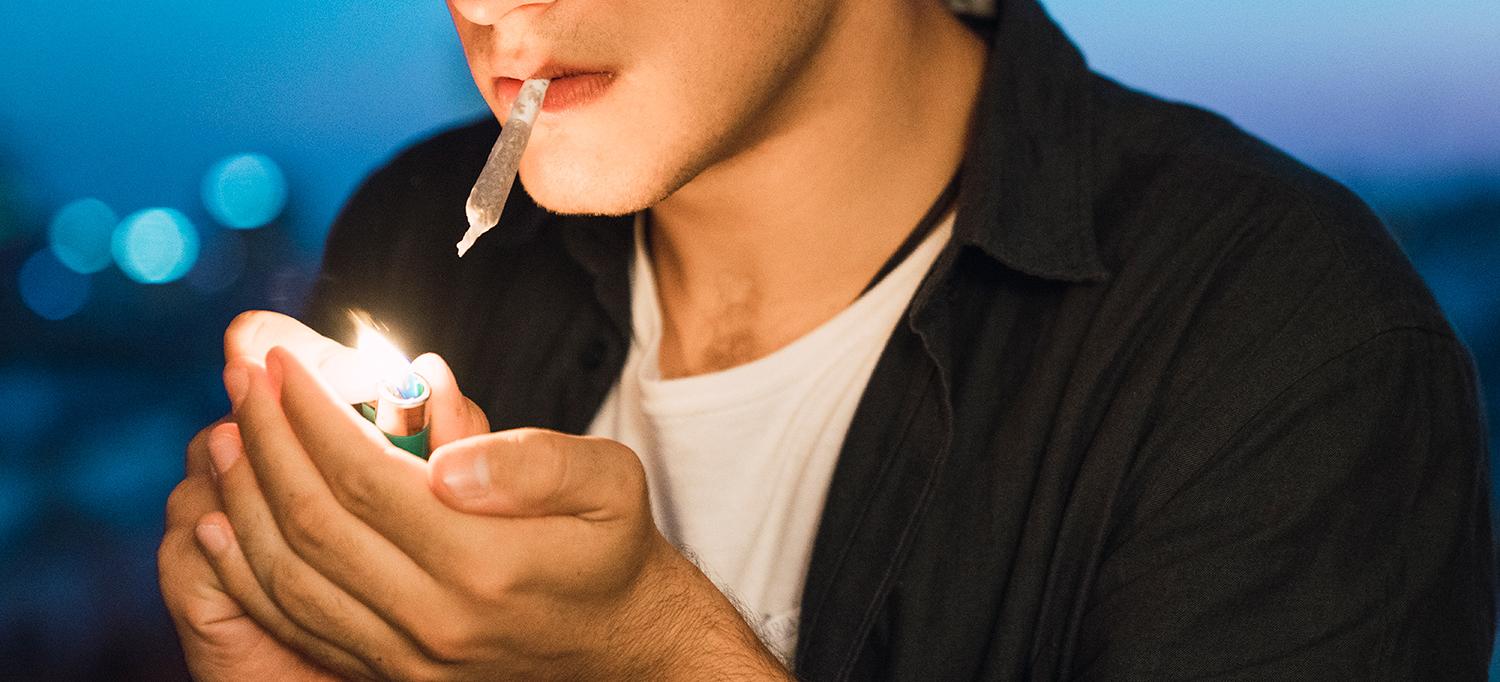
Photo: Westend61/Getty
American teenagers and adults are more likely to try illegal or recreational drugs for the first time in the summer, a new study shows.
Led by researchers at NYU School of Medicine, the study found that 34 percent of recent LSD initiates first used the drug in the summer. In addition, 30 percent of marijuana, 30 percent of ecstasy (also known as MDMA or Molly), and 28 percent of cocaine use was found to begin in summer months.
“First-time users may be unfamiliar with the effects of various drugs, so it is important to first understand when people are most likely to start these behaviors,” says study senior investigator Joseph J. Palamar, MPH, PhD, an associate professor in the Department of Population Health at NYU School of Medicine.
In 2017, according to the U.S. Substance Abuse and Mental Health Services Administration, more than 3 million people in the United States tried LSD, marijuana, cocaine, or ecstasy for the first time.
Publishing online in the Journal of General Internal Medicine on July 23, the study used data collected from the National Survey on Drug Use and Health between 2011 and 2017 involving about 394,415 people ages 12 and older. Participants were surveyed about their use of various drugs through a computer-assisted interview. New users were asked to recall the month and year when they initiated use.
The investigators suggest that the results could be explained, in part, by people having extra recreational time during the summer, as well as the growing popularity of outdoor activities, such as music festivals, at which recreational drug use is common.
“Parents and educators who are concerned about their kids need to educate them year-round about potential risks associated with drug use, but special emphasis appears to be needed before or during summer months when rates of initiation increase,” says Dr. Palamar, who is also a researcher in the Center for Drug Use and HIV/HCV Research at NYU College of Global Public Health.
Dr. Palamar recommends that potential users become educated about the drugs they are going to use and their side effects. He further recommends, based on previous research, having the company of trusted friends when taking drugs for the first time, drinking enough fluids, and getting enough rest to avoid dehydration, exhaustion, or more serious outcomes such as heat stroke.
The investigators stress that further research is needed to determine the particular situations—especially in the summer—when people are most likely to use drugs for the first time and to determine the extent to which use is planned or unplanned.
Funding for the study was provided by National Institutes of Health grants R01DA044207 and K01DA038800.
In addition to Dr. Palamar, other study investigators include Catherine Rutherford, BS, and Katherine M. Keyes, PhD, from Columbia University.

